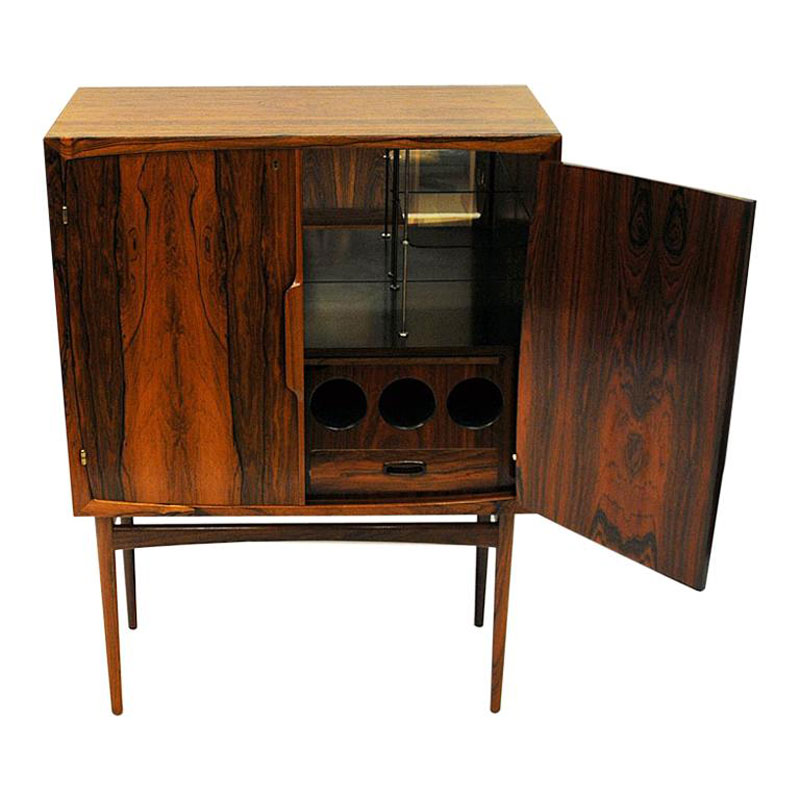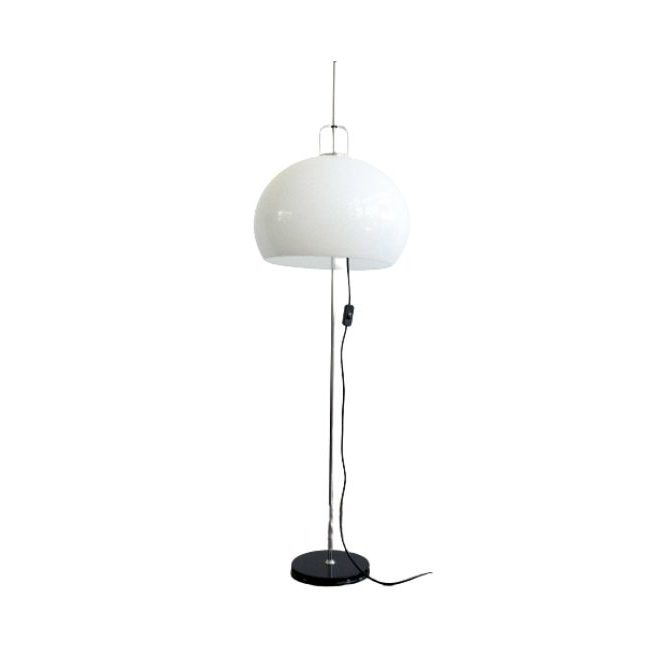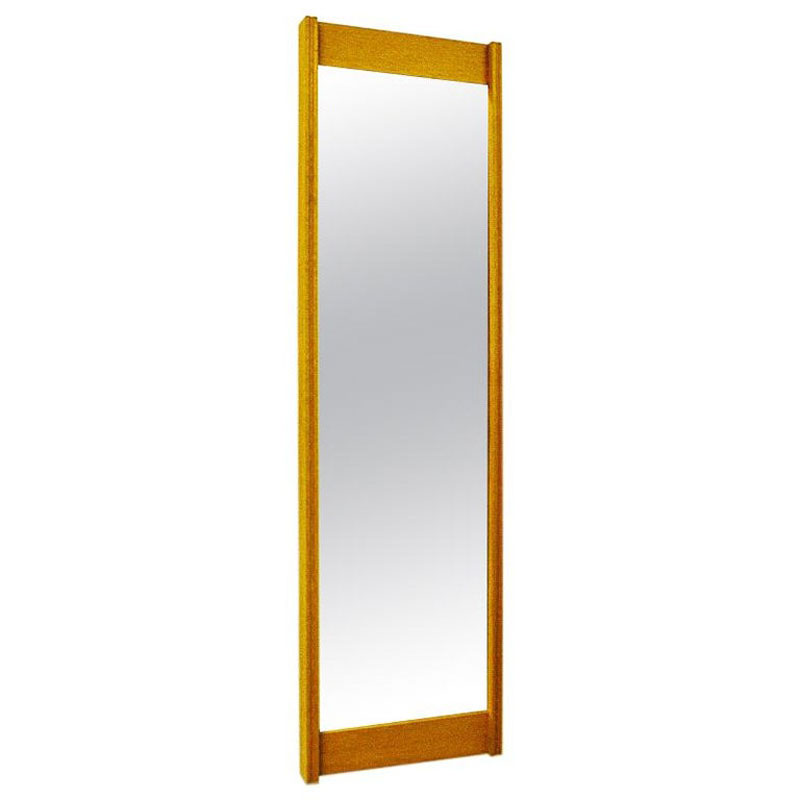The comments from readers on that page I linked are alternately amusing and dreadful; one poster repeats (and repeats) the ridiculous assertion that "Mary had a little lamb" is a limerick !
My own efforts here are not really worthy of inclusion next to the sublime efforts of others, so I'll restrict myself to the limerick form while encouraging others to carry on as before.
In high school I wrote what I believed at the time (I think) to be haiku:
.
The beach in September,
with water warmer than in June,
deserted. Seagulls and shells.
.
6, 8, 7. Huh. So, it's off to Coventry I go, limericks and clover in my sticky little paw . . .
.
It still doesn't make sense to me that light falling on a steeply sloping surface could reflect as many lumens per square inch (or whatever) as a surface directly facing the light -- and the viewer. But the evidence clearly shows otherwise. That's okay; I'm the guy who was shocked to learn, only a couple of years ago, that an ellipse can be generated by slicing a cone in the same way that it can by slicing a cylinder. Talk about counter-intuitive . . . !
Don't trip over a frozen squrl. You could hurt yourself. The squrl won't feel a thing, fortunately.
@@@@@ ####### @@@@@
Squrly white snowstorm
waiting to be patined
ear muffs on the muff.
__________________________
The snow angel squrl
whom I thought was a girl
adorning the fresh fallen snow,
in the normally flat land
imprints of a kick stand
made me rethink the plumbing below.
__________________________________
Poodle chunks pressed tightly to her lips
while alternating between highball sips
brought paranoia beyond glitter and gay
as it was her father whom named her Ray
pretty good skin and smooth as peanut butter
and a never ending fondness for unedited clutter.
___________________________________________
Aloha,
Aunt Mark
Poodle chunks?….. speechless.
I better stick to haiku
less complicated
.
Yeah SDR, I would think that same thing about the surface of the moon… but there it is!
It should look a bit darker at the edges. Perhaps it's the vast size and intensity of the sun, coupled with the lack of atmosphere and high contrast of the blackness that surrounds the moon?
You remember that total eclipse we had late last summer? When fully eclipsed, the moon DID show more volume. It was a soft pink orange, illuminated only by ambient or indirect light, and was actually darkest near the center (sort of like the "core shadow" in an academically rendered sphere when lit from two sides simultaneously)
So I think its the sheer size and intensity of the sun that obliterates all subtlety in the relatively small speck that is the moon. Perhaps a heavily filtered (dark film) view of the moon might show more variation at the edges?
Or maybe you should just ask that guy who wrote the book of answers to weird questions that you posted before. I bet he would know. I would be interested in his answer.
Speaking of eclipses, there was a partial eclipse of the sun in mid-afternoon EDT in the summer maybe 20-ish years ago (?) and as I walked along the street I noticed that every little bit of dappled light on the leaves of the shrubs had an eclipse-shaped shadow. I thought that was very strange. I would have thought that the light would just be dimmer, not have these odd, tiny shadows.
Of course now the internet is here and there are instant answers. Sometimes it's not quite as fun that way. (Though most of the time I love it. I want a job just googling stuff all day.)
Spanky, you know that old experiment where you can poke a tiny hole in a piece of cardboard and hold it over another surface during an eclipse and you can see the shape of the partly eclipsed sun on the lower surface?
I am guessing that the reason you saw all the little eclipse-shaped shadows on the leaves was because the sun rays were passing IN BETWEEN the multitude of leaves, and was causing that same pin-hole photography effect. (It works even if the hole is irregularly shaped)
It might work the same way in other situations as well, such as any situation where light is partially blocked by objects or clouds during an eclipse.
Leo da Vinci used the same pin hole photo trick to project whole images of the outside world onto walls. And if a person, say Mark, walked by, you could watch the pinkish humanoid form move across the projected wall image.
Aha -- and, aha. Yes, I've seen the tiny-upside-down-images-on-the-sidewalk, too. Don't remember under what circumstance.
Eameshead, I believe I did read an explanation somewhere that explained the moon-disc thing as you have: the contrast between bright and black is so great that the difference in brightness on different parts of the bright object are minimized to the point of invisibility.
I must have missed the lunar eclipse; I saw only photos of a burnt-orange (?) disc. I do see the globe of the moon, or seem to, when a partial moon is lighted by earthlight and the remainder of the disc becomes slightly visible. At least, I think I'm seeing a gradation of light on the darkened surface of the moon . . .
Thanks, fast fwd. The illustration suggests that the difference between a parabola and a hyperbola is that the former is generated by a plane passing through (and beyond) the principal axis of the cone. Is that your understanding of the definition of a parabola -- or am I misreading ?
Is it the case that the same figures shown here can also be generated -- all of them -- by intersecting a cylinder in the same manner as shown here ?
Mathematical explanations will be lost on me, I'm afraid; I can only respond to the visual evidence and draw conclusions from therefrom.
Eameshead, yes, the pinhole effect is exactly what happens to cause the eclipse-shaped shadows on and under shrubs and trees. It was a wonderful, weird mystery to me for many years and then I googled it and found out in 5 seconds...which was what I meant when I said that sometimes the internet isn't so fun! It spoiled the mystery. Though I guess I could have not googled.
Next up: googling how long it will take for 5' banks of snow to melt in 40-ish F. temps. (Not really. I already know the answer and it's NOT SOON ENOUGH.)
SDR:
Hyperbola/parabola/ellipse depends only on the angle of the plane:
1. A parabola is formed when the plane cuts through the cone at an angle exactly equal to the angle of the cone. The plane can be positioned anywhere; as it gets closer to the edge of the cone, the parabola gets narroweir until the plane is positioned right along the edge of the cone, at which point the parabola degenerates into a single line.
2. An ellipse is formed when the plane cuts through the cone at a larger angle than the angle of the cone. As the angle increases, the ellipse gets progressively fatter until the plane is at 90 degrees to the cone's axis (horizontal, in the image I posted above), at which point the ellipse degenerates into a circle. If the plane intersects the vertex, at any angle larger than the angle of the cone, the ellipse degenerates into a point.
3. A hyperbola is formed when the plane cuts through the cone at a smaller angle than the angle of the cone. If the plane is at 0 degrees (vertical, in the image I posted above) and intersects the cone right at the cone's vertex, the hyperbola degenerates into a pair of lines.
Cylinder instead of cone:
If you intersect a plane with a cylinder rather than a cone, you can get a circle (if the plane is at 90 degrees), an ellipse (if the plane is at an angle between 0 and 90 degrees, exclusive), or two parallel lines (if the plane is at 0 degrees). The circle degenerates to a point if the circle's radius is 0. The two parallel lines degenerate into one line if the plane is at the edge of the cylinder, and then degenerate into no graph if the plane is positioned so it doesn't intersect the cylinder at all.
Pictures: http://staff.argyll.epsb.ca/jreed/math30p/conics/sections.htm
If you need any help, please contact us at – info@designaddict.com









